Mount Taranaki – now known as Taranaki Maunga by its Māori name – is the latest natural feature to be recognised as an individual in New Zealand.
The pristine snow-capped volcano Mount Taranaki is the second highest mountain on New Zealand's North Island at 2,518 metres and is a popular tourist, hiking and skiing destination.
The legal recognition acknowledges that the indigenous Māori mountain in the Taranaki region was taken over after New Zealand was colonised. It also allows for an agreement by the government to compensate the indigenous people for any harm done to the land since then.
The Act passed on 30 January grants Mount Taranaki Maunga all the rights, powers, duties, responsibilities and obligations of a person. Its personhood includes Taranaki together with the peaks and surrounding lands, “in conjunction with all their physical and metaphysical elements”.
Why is Mount Taranaki so special?
“The mountain has long been a revered ancestor, a source of physical, cultural and spiritual nourishment and a final resting place,” Paul Goldsmith, the lawmaker responsible for settlements between the government and Māori tribes, told parliament on January 30.
However, the colonial forces that invaded New Zealand in the 18th and 19th centuries abandoned the name Taranaki first and then appropriated the mountain. In 1770, the British explorer James Cook spotted the peak from his ship and named it Mount Egmont.
In 1840, Māori tribes and representatives of the British Crown signed the Treaty of Waitangi—the founding document of New Zealand—in which the Crown promised that Māori would retain rights to their lands and resources. But the Māori and English versions of the treaty differed, and the British Crown promptly violated both.
In 1865, a large area of Taranaki land, including the mountain, was confiscated as punishment for Māori rebellion against the British Crown. Over the next century, hunting and sporting groups had a say in the management of the mountain, but Māori did not.
A Māori protest movement in the 1970s and 1980s led to increased recognition of Māori language, culture and rights in New Zealand law.
How will the mountain use its rights?
The mountain’s legal rights are intended to maintain its health and well-being. They will be used to prevent forced sales, restore its traditional uses, and allow conservation work to protect the native wildlife that thrives there. Public access rights will remain.
New Zealand became the first country in the world to recognise natural objects as people when a law was passed in 2014 giving personhood to Te Urewera, a vast indigenous forest on the North Island. Government ownership ended and the Tūhoe people became its guardians.
Source: https://baohaiduong.vn/mot-ngon-nui-o-new-zealand-duoc-cong-nhan-quyen-con-nguoi-404992.html



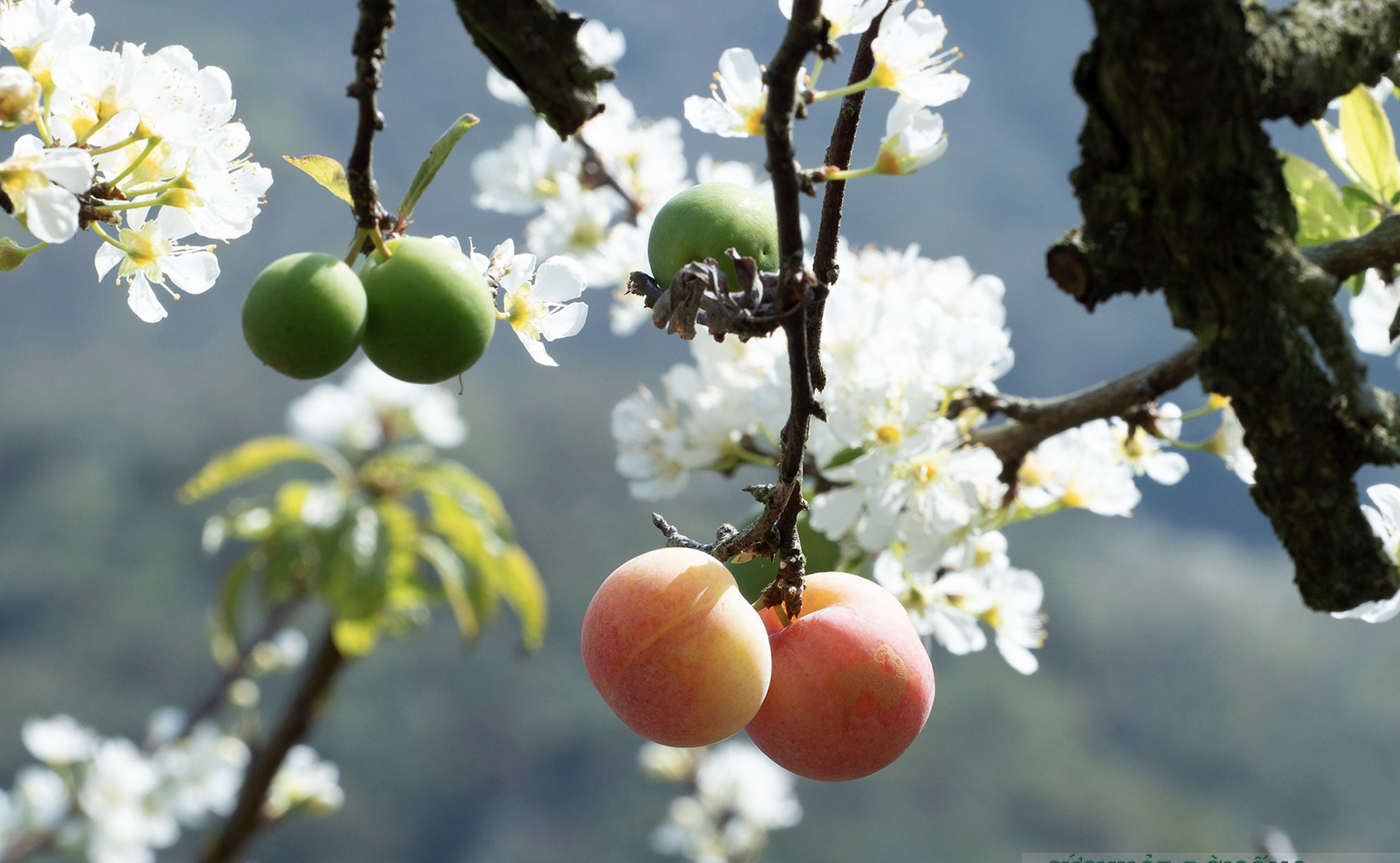
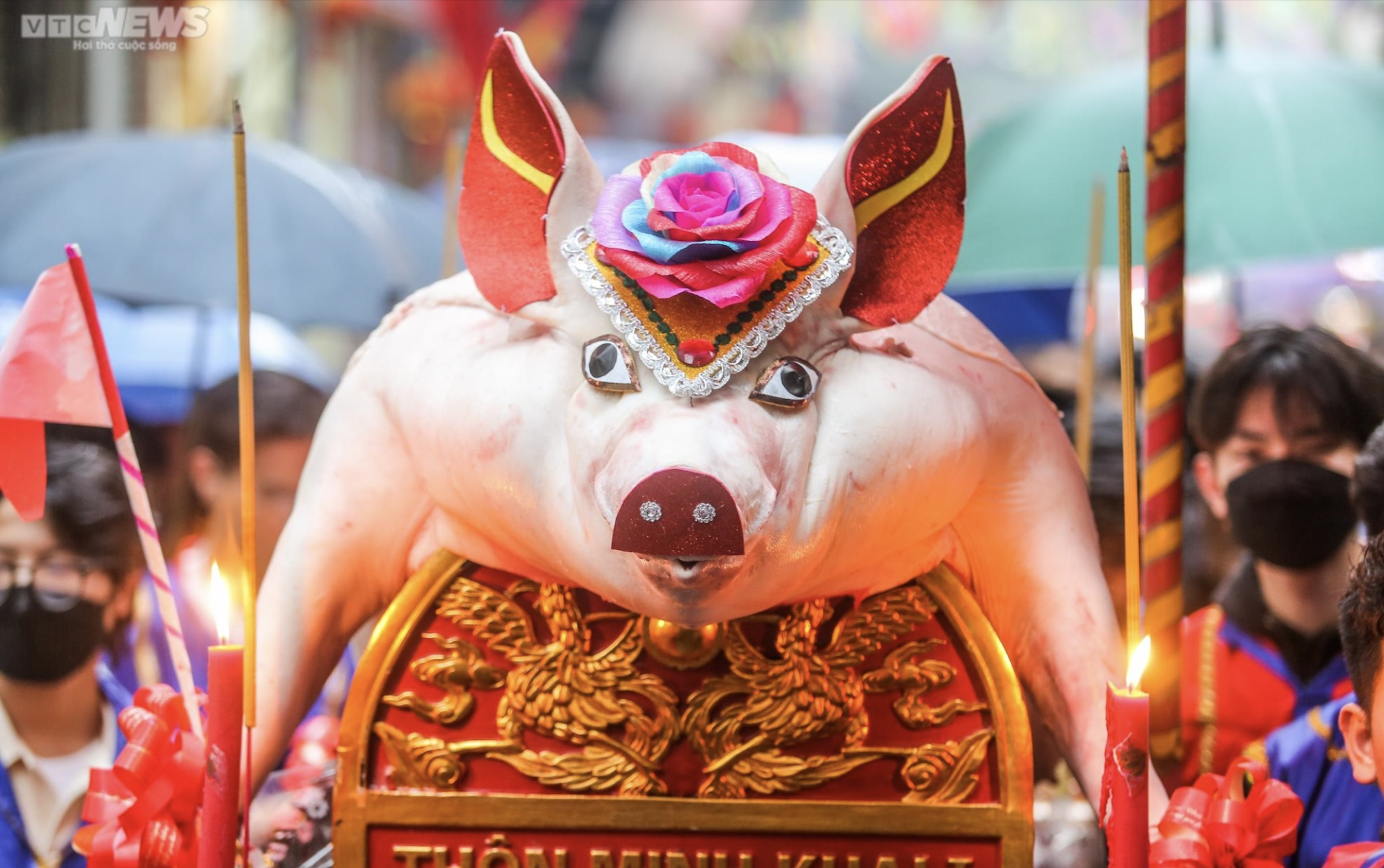
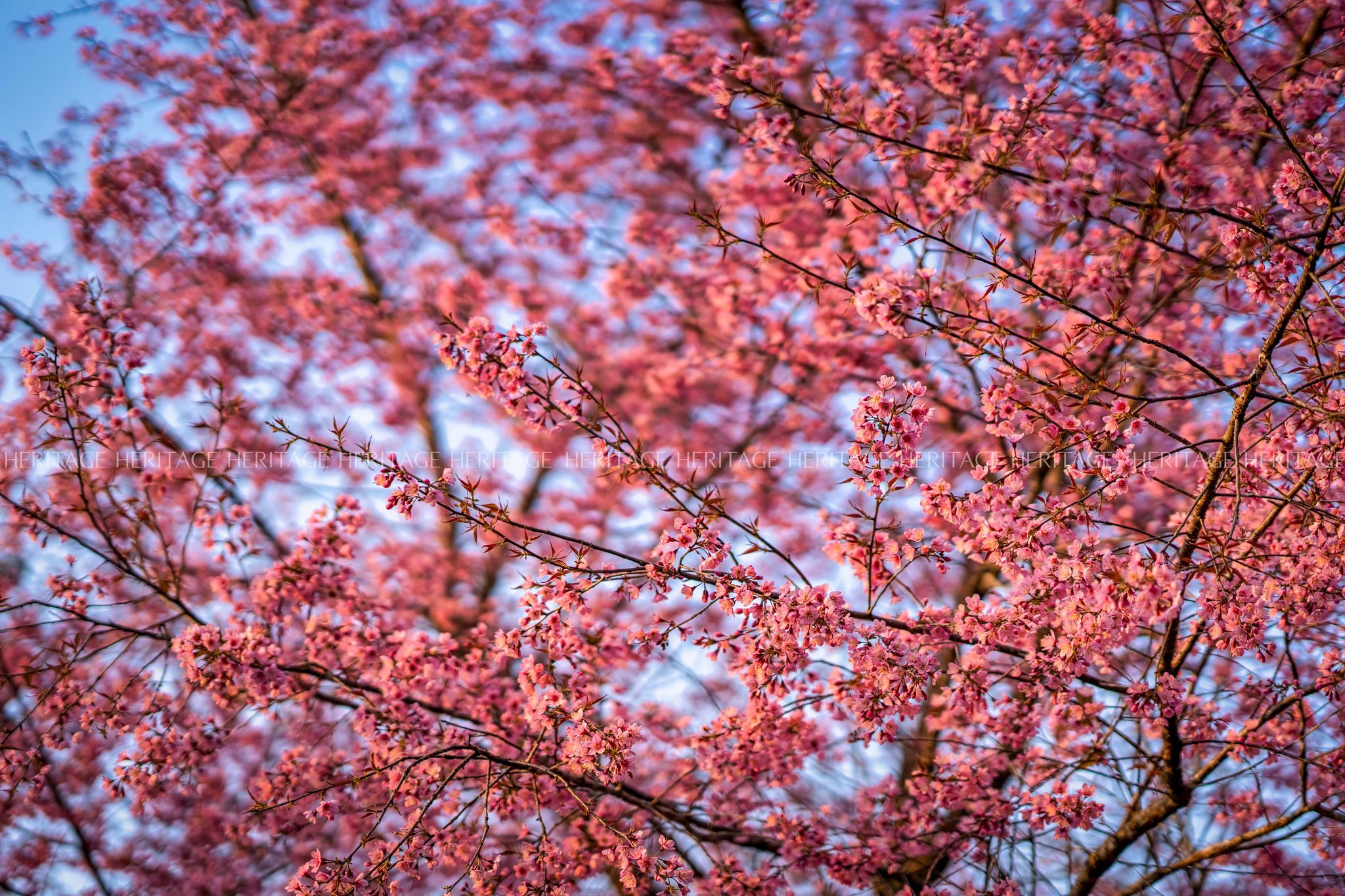
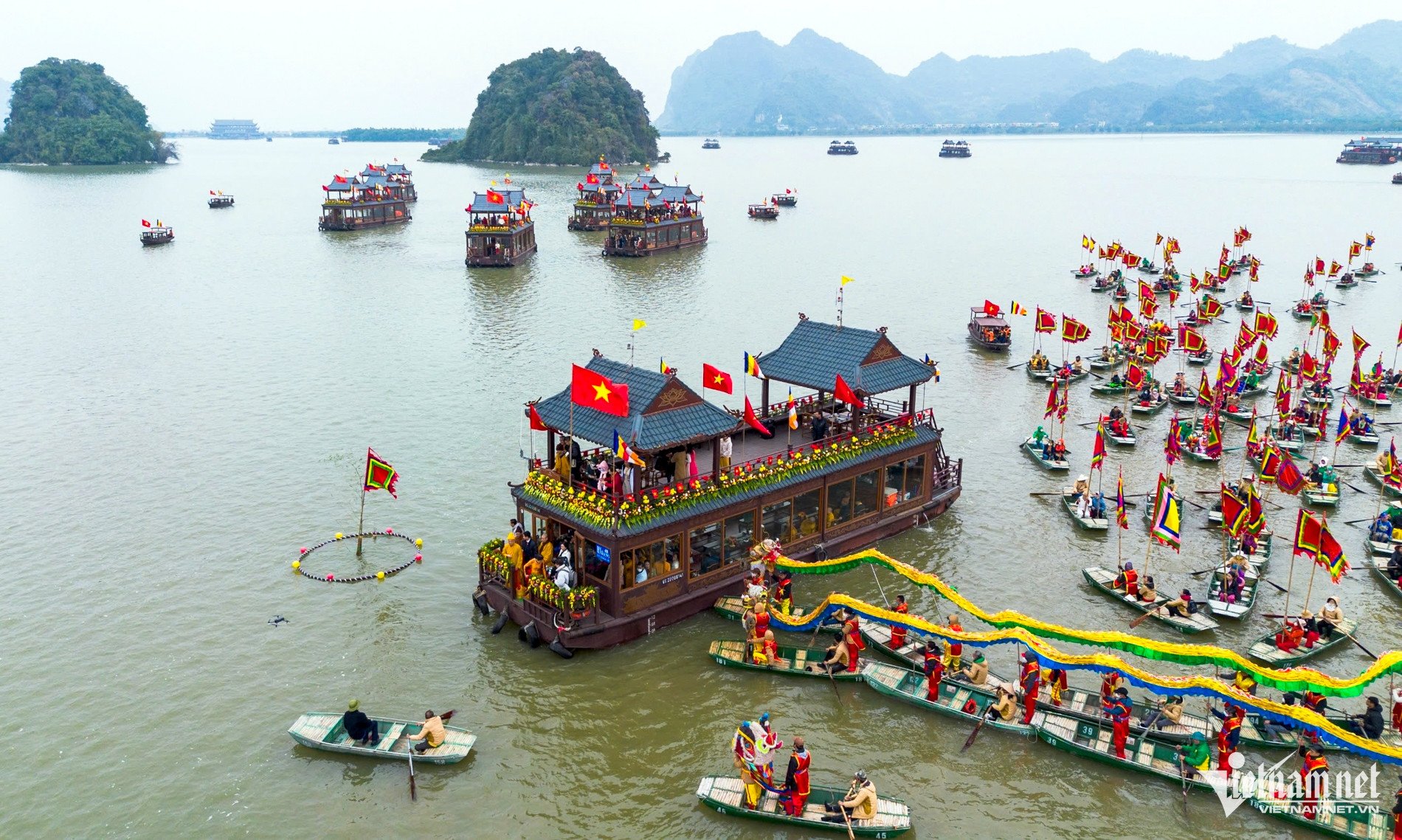

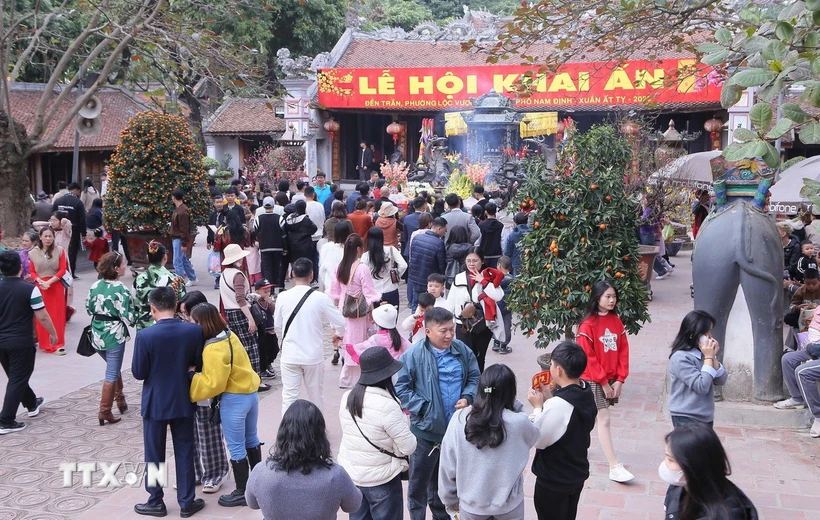
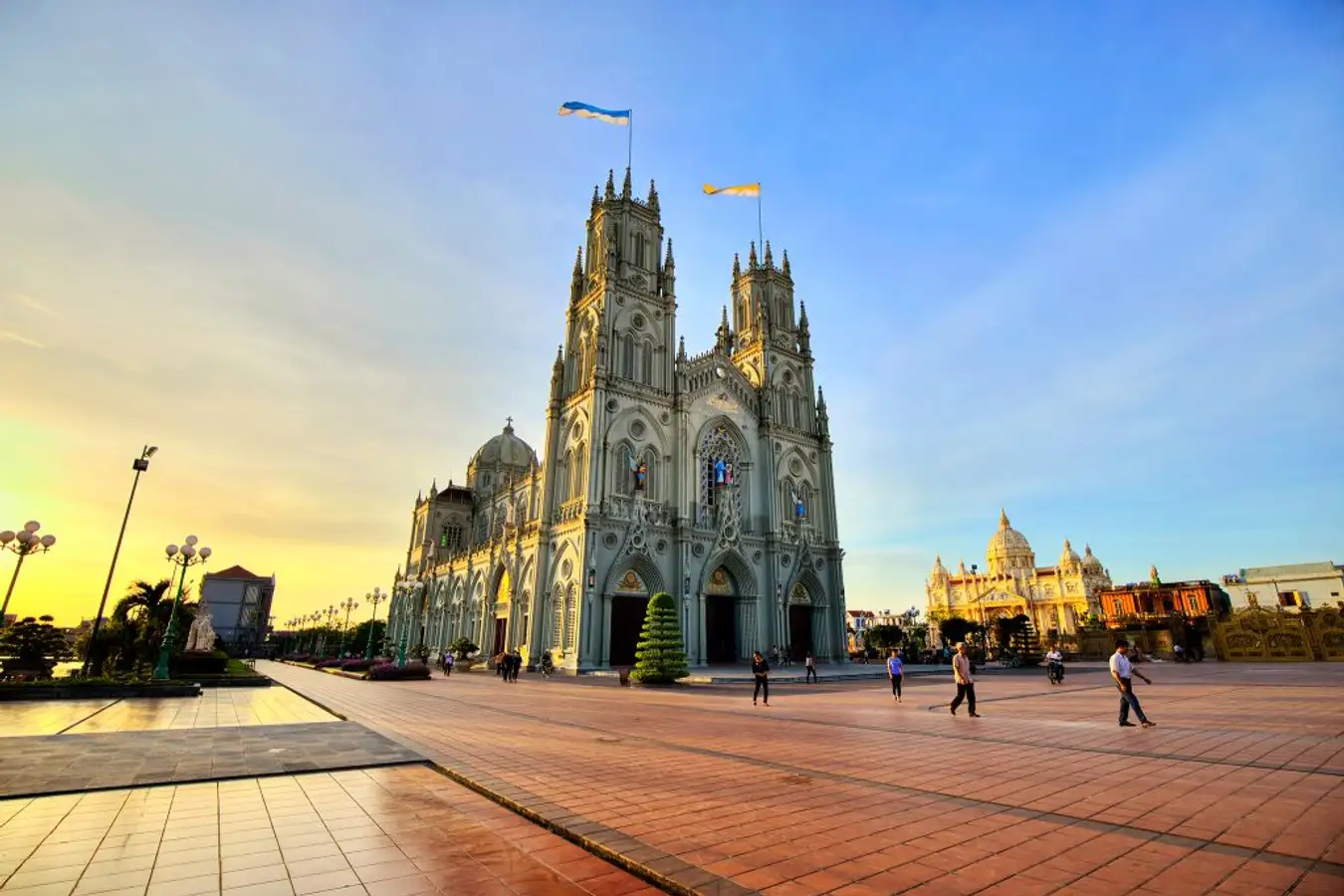




















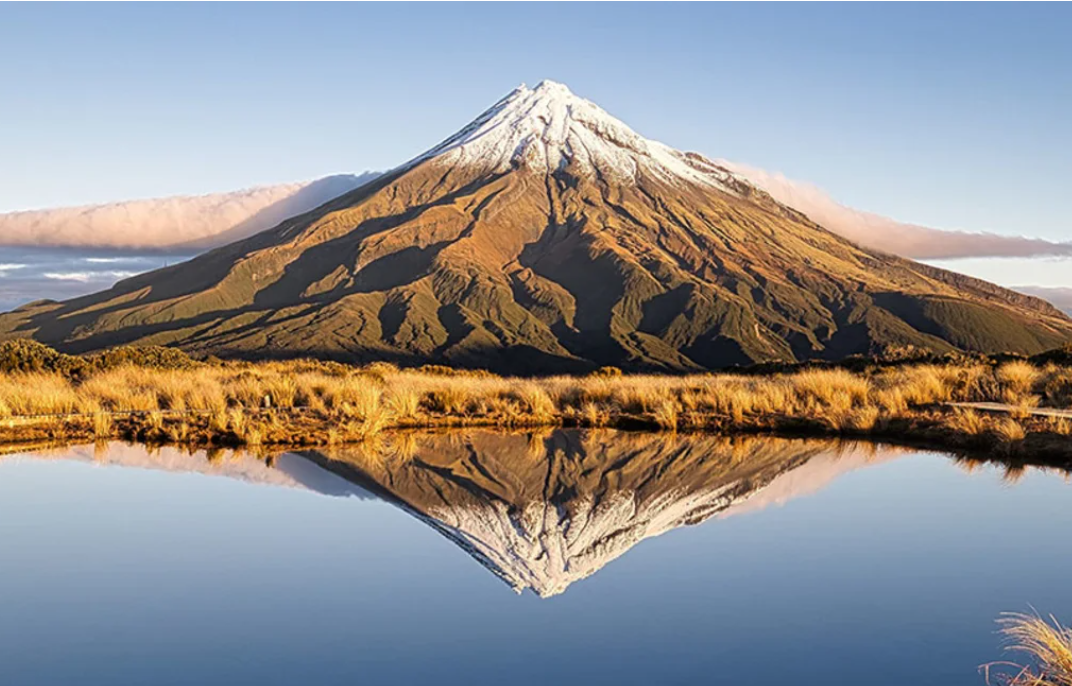
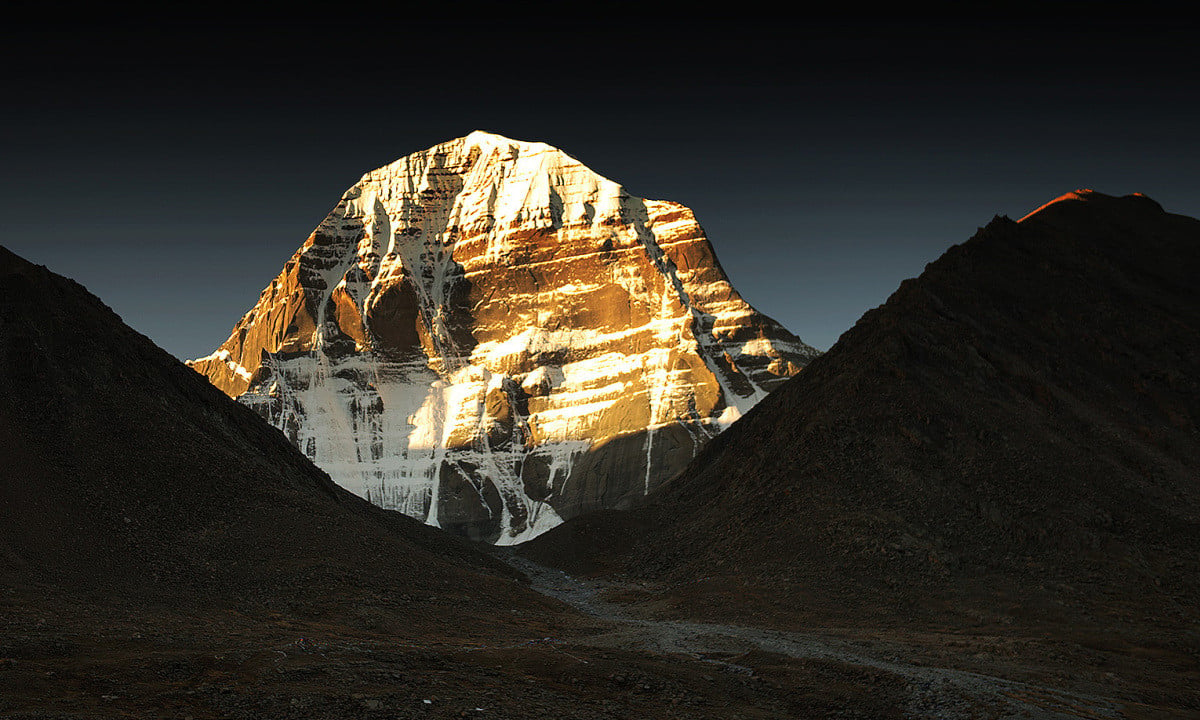


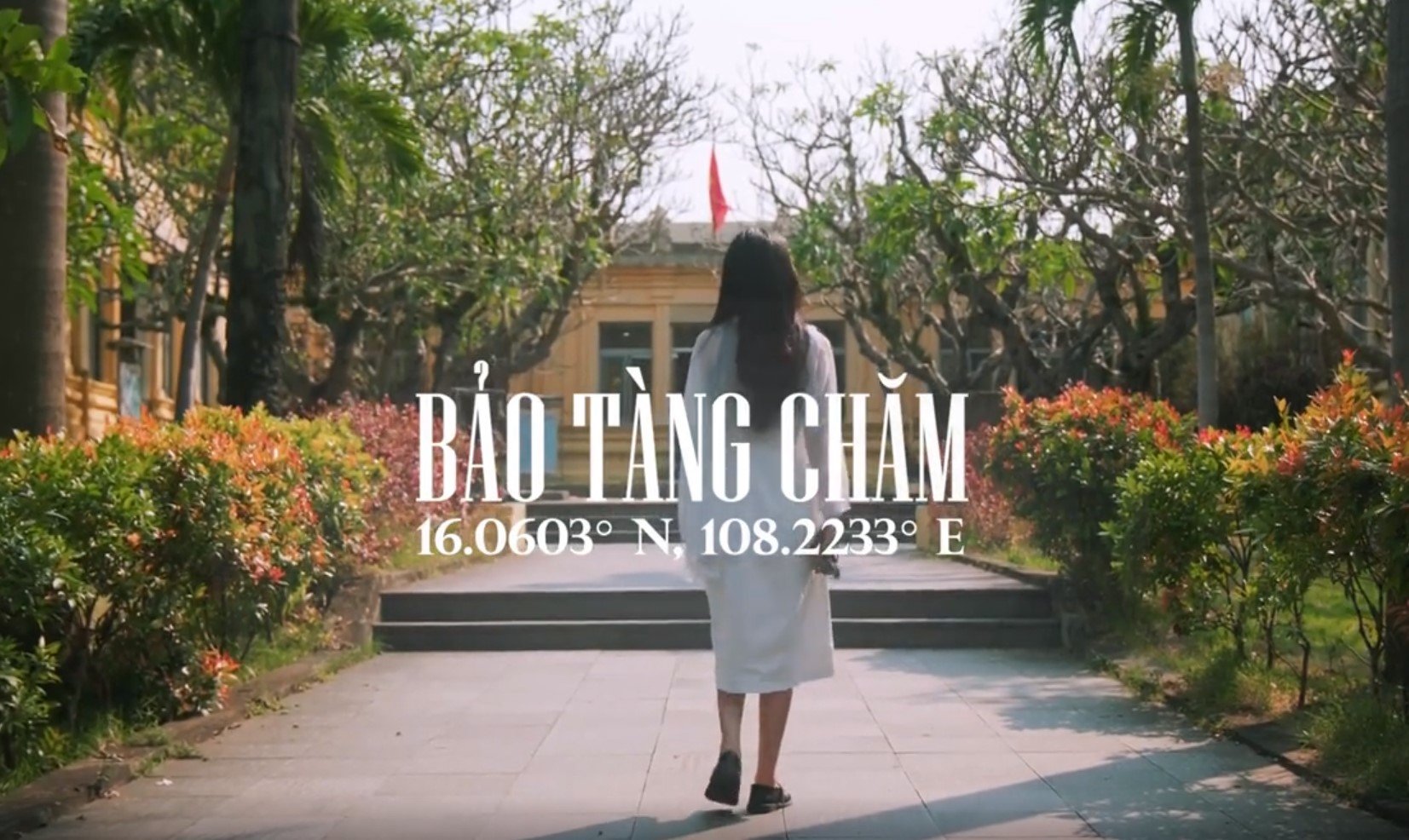


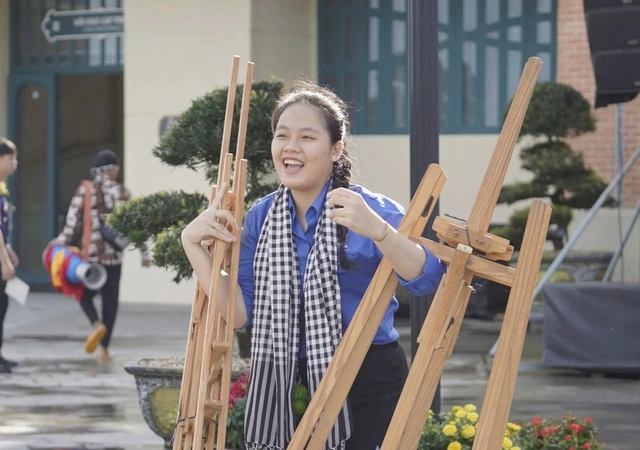

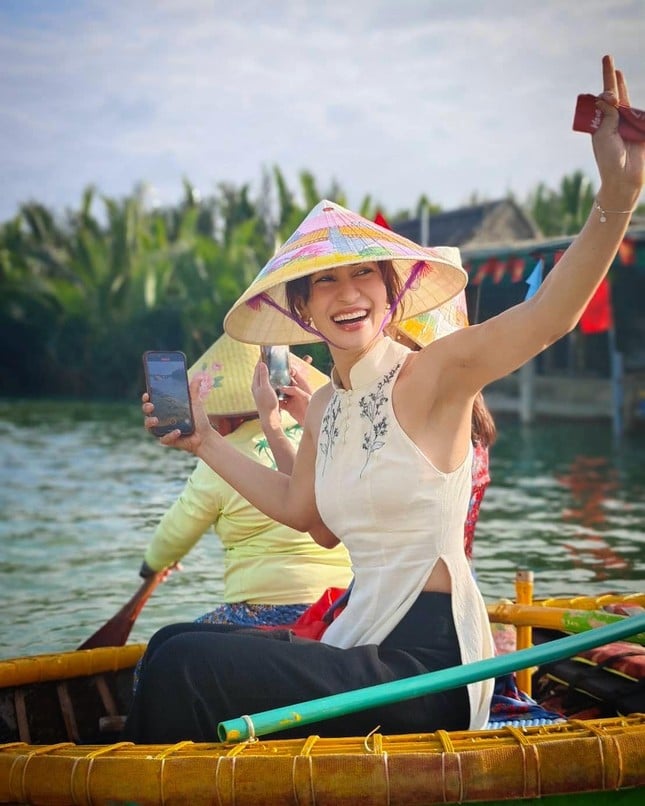





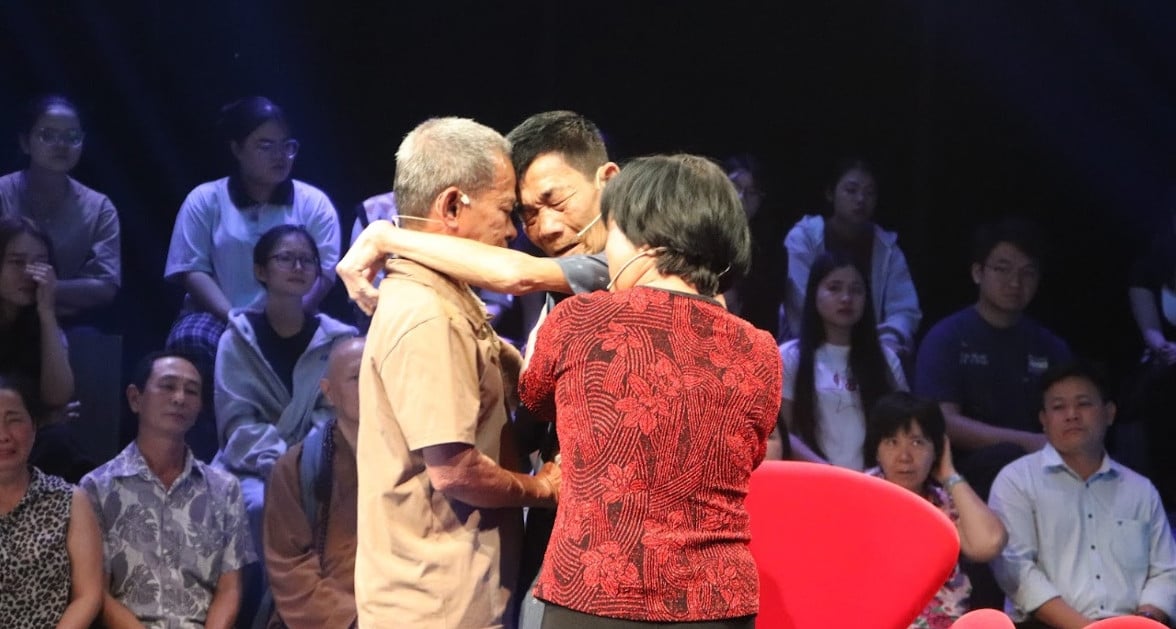





Comment (0)